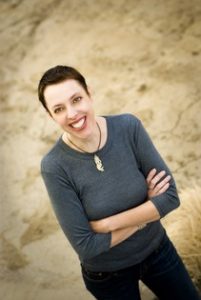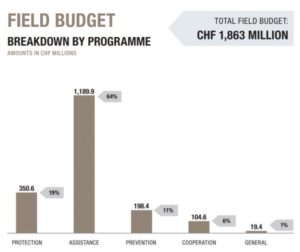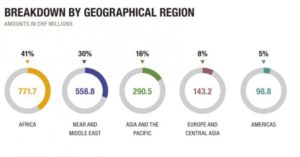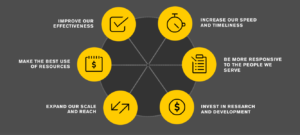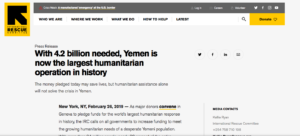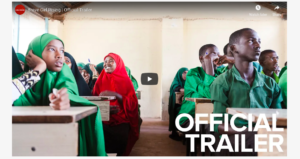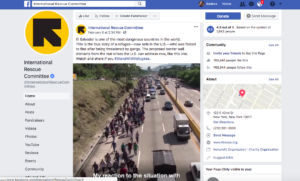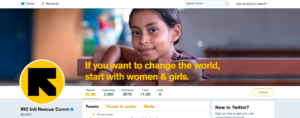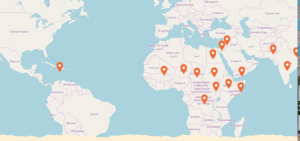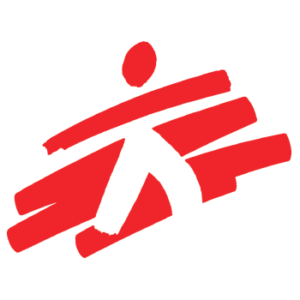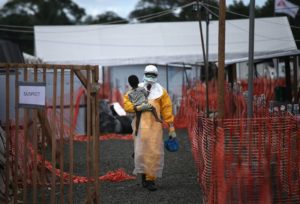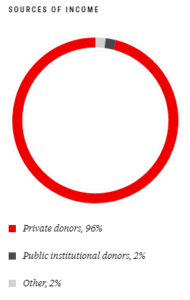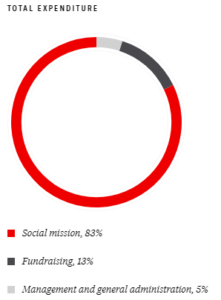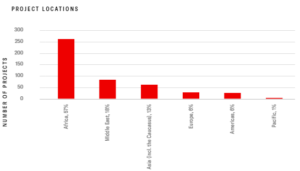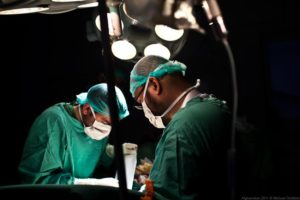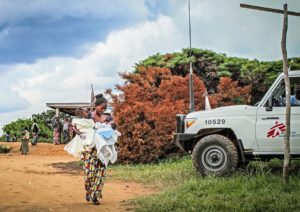The Office of the High Commissioner for the Office of Human Rights operates to protect human rights through a unique mandate for all people. The enjoyment of basic human rights as outlined in the Declaration proposed is not enjoyed by all human beings nor represented. The office along with protecting human rights operates to ensure the integrity and of its three main pillars: peace and security, human rights, and development. These three pillars are the foundation to which the Office operates and holds above all in regards to the protection of its members. The UN of Human Rights not only operates on a large governmental scale but also protects individuals who have either had a lack of human rights provided or actions taken against those rights. In their website, OHCHR defines the work they provide as,” assistance in the form of technical expertise and capacity-development in order to support the implementation of international human rights standards on the ground” (OHCHR). Accompanying this the OHCHR actively speaks out and addresses direct violations of human rights and anything related.
The UN of Human rights is a direct Secretariat of the United Nations and operates with roughly thirteen hundred employees within its Geneva office along with several employees working in the satellite office located in New York. The UN of Human Rights also deploys workers within various countries to carry out initiatives that act on behalf of the mandates and core values of the UN. The Geneva-based located is broken into three different branches: Thematic Engagement, Special Procedures and Right to Development Division (TESPRDD), Human Rights Council and Treaty Mechanisms Division (CTMD), and Field Operations and Technical Cooperation Division (FOTCD). The TESPRDD is primarily focused on providing all forms of support to the basic thematic principles of protecting and enforcing human rights issues along with supporting the Human Right Council’s special procedures. The CTMD operates to, “support HRC and the Council’s UPR mechanism, and supports the human rights treaty bodies” (OHCHR). Finally, the FOTCD is in charge of the field operation efforts carried out within the various countries and departments located across the globe.
I choose to address the work done by the OHCHR in regards to the efforts of Corporate Social Responsibility and furthermore efforts provided by Elon. Corporate Social Responsibility has gained massive traction and is often times the forefront of most companies community engagement, both locally and globally. The argument I wish to draw upon exhibits that the increase in attention to national human rights and through the declaration of human rights have helped further draw national attention as well as define the scope to which major corporations institute and define their Corporate Social Responsibility. I believe that through the development of the various NGO’s defined in prior posts, as well as the OHCHR, have allowed for both private and public corporations to foster successful partnerships. Along with this, the various NGO’s that have arisen in the past several decades have also helped to define the issues which need to be addressed in various countries and situations. One of the largest issues our global front faces is world hunger, to which Cargill, one of the largest food providers, attempts to address through partnerships with various NGO’s throughout the world. Cargill’s Corporate Social Responsibility mission statement is as follows, “Cargill recognizes the complex social, economic and environmental issues facing our world. Due to the complexity of these issues, we form partnerships with organizations to provide a meaningful impact in the nutrition and health of those in our communities; foster sustainable economic development; and promote responsible business practices in our supply chains” (Partners). Clearly as provided in their mission statement, the effect of major multinational corporations and the rise of NGO’s has directly correlated in the transcendence of Corporate Social Responsibility being highly effective and both addressing the issues most important in any given area.
Media:
Works Cited:
“Human Rights and Corporate Social Responsibility: Parallel Processes and Global Opportunities for States, Corporations, and NGOs.” EmeraldInsight, www.emeraldinsight.com/doi/pdfplus/10.1108/20408021011059223.
“Partners.” Sustainability in Style | Cargill, www.cargill.com/sustainability/partners.
OHCHR | Freedom of Religion: UN Expert Hails Albania, but Notes New Challenges and Unresolved Issues from the Past, www.ohchr.org/EN/AboutUs/Pages/WhoWeAre.aspx.

